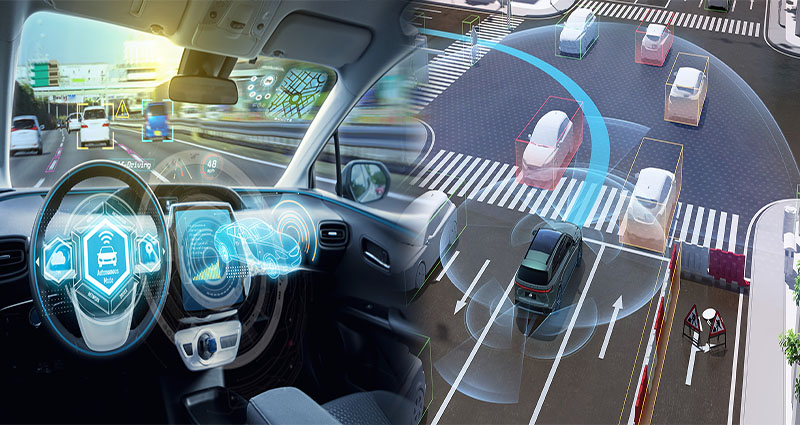In recent years, the automotive industry has undergone a significant transformation with the rise of electric vehicles (EVs) and autonomous driving technology. One key area where these advancements converge is in the integration of connectivity within electric vehicles. The intersection of autonomous driving and connectivity in EVs represents a revolutionary shift in the way we perceive and interact with transportation.
Enhancing the Driving Experience
The integration of autonomous driving features in EVs has revolutionized the driving experience. These advanced systems use sensors, cameras, and artificial intelligence to navigate the vehicle without human intervention. Connectivity plays a crucial role in enhancing this technology, providing real-time data on traffic conditions, road hazards, and weather updates. By combining autonomous driving with connectivity, EVs can adjust their routes and driving behavior to optimize efficiency and safety.
Increasing Energy Efficiency
Connectivity in electric vehicles enables them to communicate with charging stations and energy grids, leading to improved energy efficiency. By utilizing real-time data on energy prices and grid demand, EVs can schedule their charging cycles during off-peak hours when electricity is cheaper and more abundant. Autonomous features further enhance energy efficiency by optimizing driving patterns and routes, ultimately reducing energy consumption and environmental impact.
Ensuring Safety and Security
The integration of connectivity in electric vehicles is essential in ensuring safety and security on the road. Autonomous driving systems rely on a network of sensors and communication devices to detect and respond to potential hazards. Connectivity enables EVs to communicate with other vehicles, infrastructure, and traffic management systems, creating a seamless flow of information that enhances safety for both passengers and pedestrians.
Challenges and Opportunities
Despite the numerous benefits of the intersection between autonomous driving and connectivity in EVs, challenges remain. Cybersecurity threats, data privacy concerns, and infrastructure limitations pose significant obstacles to the widespread adoption of these technologies. However, these challenges also present opportunities for innovation and collaboration among stakeholders in the automotive and technology sectors.
As the automotive industry continues to evolve, the convergence of autonomous driving and connectivity in electric vehicles will play a pivotal role in shaping the future of transportation. By harnessing the power of advanced technologies, we can create a more efficient, safe, and sustainable mobility ecosystem that benefits society as a whole.
The integration of autonomous driving and connectivity in electric vehicles represents a transformative shift in the automotive landscape. By leveraging these technologies, we can enhance the driving experience, increase energy efficiency, ensure safety and security, and overcome challenges to create a more sustainable future for transportation.





